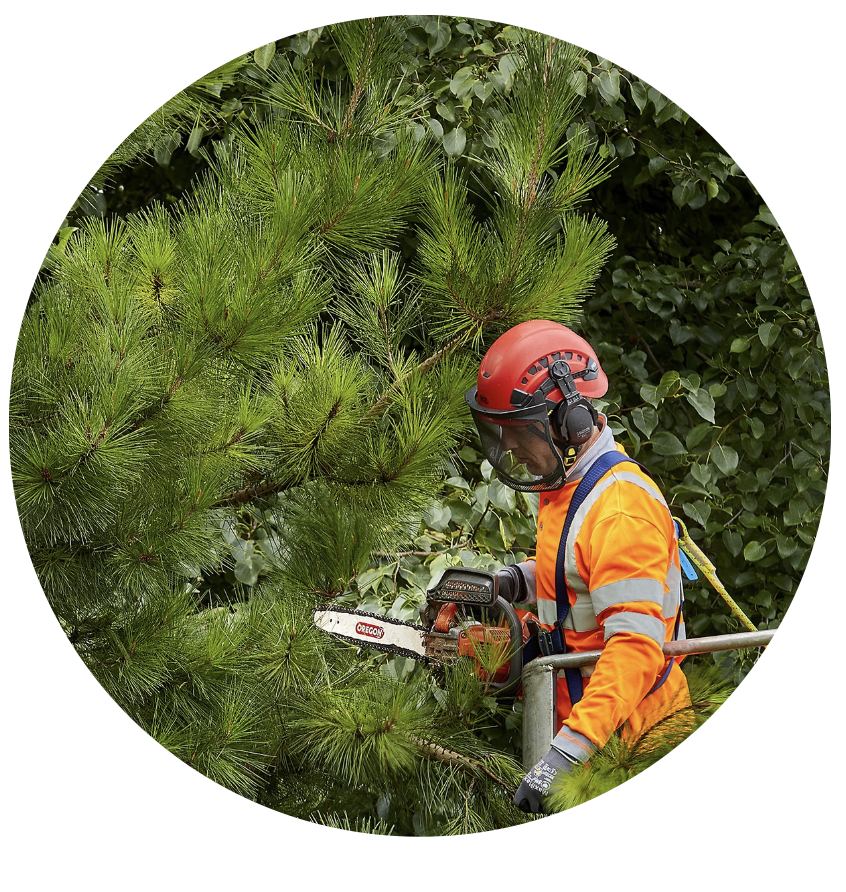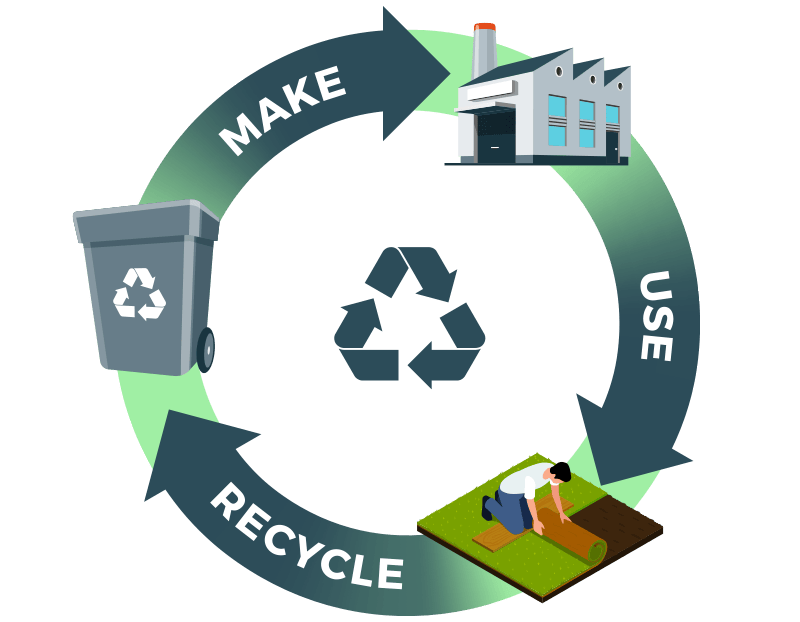Why are so many landscape specifications asking for unnecessary rootballing of small trees? Is it due to previous experience of wholesale losses on site or just a precaution against inadequate soil preparation and post planting maintenance? Whatever the reason, the consequences are that we are using more energy in lifting and transport, moving more soil from one region to another without a thought for the consequences and the landscape contractor is using more energy, labour and inputs on site.
Most species of trees, if properly grown and regularly transplanted don’t need rootballing up to 14-16cm girth. We often transplant 16cm trees bareroot on the nursery without losses provided the aftercare is adequate. If the landscape contractor is supplied with proper planting conditions in terms of top soil type and depth and given a realistic maintenance budget then need for rootballing would be greatly reduced.
The following is a guideline to rootballing, providing a minimum of x3 transplanted trees are used:
Acer campestre and varieties – bare root up to 16-18cm
Acer platanoides and varieties – bare root up to 16-18cm
Acer pseudoplatanus and varieties – bare root up to 16-18cm
Acer rubrum and varieties – bare root up to 16-18cm
Aesculus and varieties – bare root up to 14-16cm
Alnus glutinosa and cordata – bare root up to 14-16cm
Amelanchier and varieties – bare root up to 10-12cm
Betula pendula and pubescens – bare root up to 12-14cm
Betula jacquemontii – bare root up to 10-12cm
Carpinus betulus and varieties – bare root up to 14-16cm
Crataegus and varieties – bare root up to 10-12cm
Corylus colurna – bare root up to 12-14cm
Fagus sylvatica / Atropurpurea – bare root up to 10-12cm
Liquidamber – bare root up to 10-12cm
Malus and varieties – bare root up to 14-16cm
Platanus and varieties – bare root up to 14-16cm
Populus an d varieties – bare root up to 18-20cm
Prunus and varieties – bare root up to 14-16cm
Quercus robor – bare root up to 10-12cm
Quercus palustris – bare root up to 10-12cm
Salix and varieties – bare root up to 12-14cm
Sorbus aucuparia a nd varieties – bare root up to 14-16cm
Sorbus aria and varieties – bare root up to 14-16cm
Tilia and varieties – bare root up to 16-18cm
Ulmus and varieties – bare root up to 16-18cm
Tree roots should not be left exposed to drying winds and should be adequately watered on planting.



